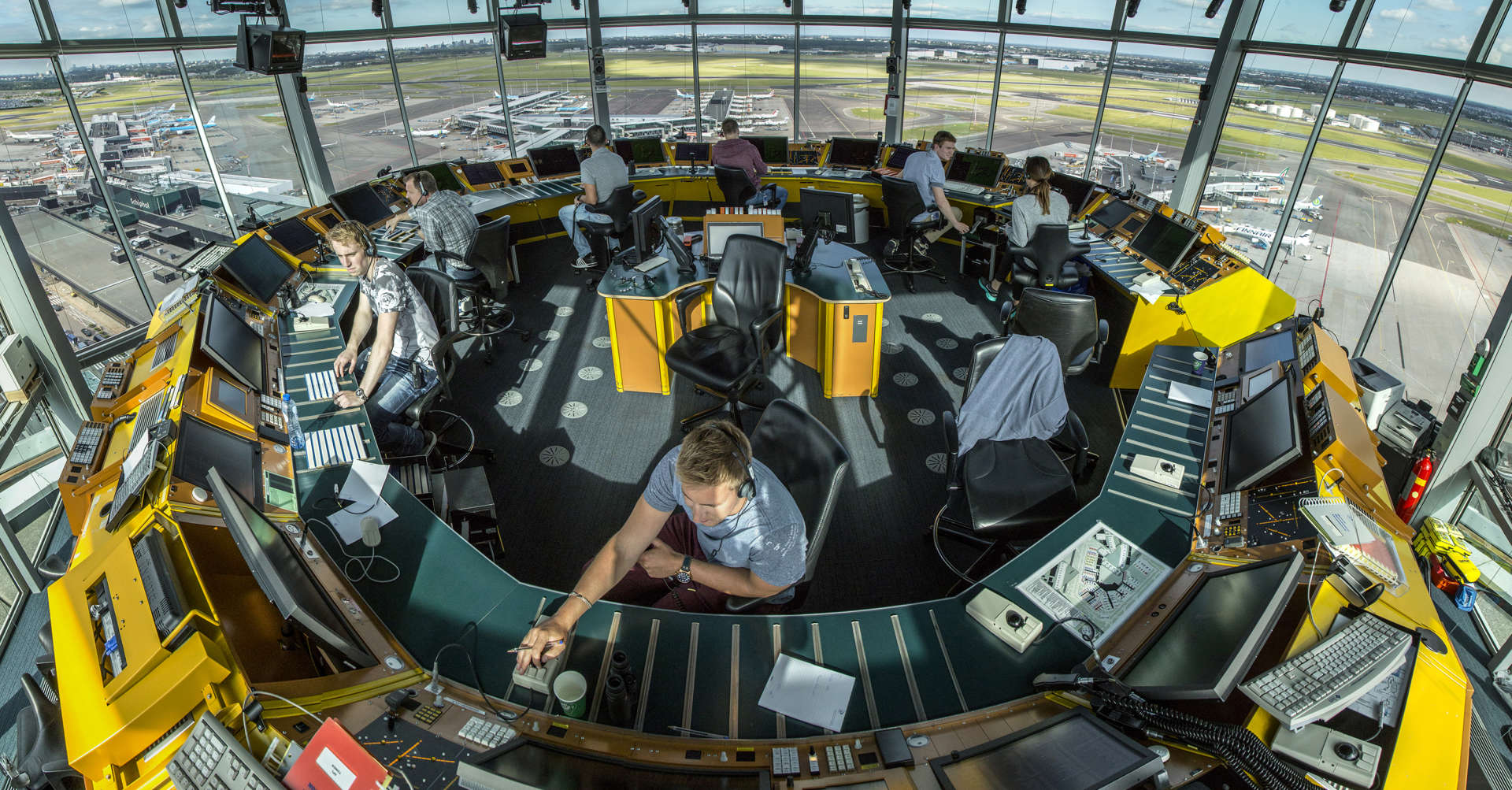8.2 Air Traffic Control Entities
Air Traffic Control Entities:
Air Traffic Control entities are services proved by air traffic controllers which are group-based, their job is to coordinate the movements of aircrafts as a way to maintain safe distances between them. Two types of air traffic control entities are ARTCC and FSS (Federal Aviation Administration, 2021). ARTCC, Air Route Traffic Control Centers which is sometimes referred to as the “centers” are essentially a facility which air traffic control specialists give out instructions for flight clearances (air traffic) and advice in terms of flight conditions to the pilot (Kern, 2020). The ARTCC is the main center of the ATC systems. These controllers receive control of flights entering their area of accountability from adjoining centers. The operations rooms within ARTCC comprise of about fifty to sixty consoles of large computer monitors which display aircraft data blocks. Each Air Route Traffic Control Centers contains personnel assigned to the Air Traffic Flow Management Team, observes the activity in and around the ARTCC airspace. FSS, Flight Service Stations are also air traffic facilities services to pilots that are not usually available through those standard controlling agencies like that of ARTCC. Flight Service Stations offers assistance prior, during, and after flights (Stratos, n.d.). More types of services that flight stations give out include pre-flight briefings, support for flight plans, assisting during emergencies, broadcasting aviation weather, collecting and distributing pilot reports and so much more. Unlike that of ATC, FSS does not provide clearances, separations, and/or instructions. Regardless, one of the main differences between ARTCC and FSS, is that ARTCC manages traffic within all regions of its center (except local-airport airspace and that of TRACON airspace) whereas FSS only provides information for private pilots within small or rural airports. FSS services include a large variety of assistances not specified to flight information region but helping that of ATC. Yet, both of these facilities are essential to the aviation industry as they both guide traffic even if it’s different classes, to ensure the safety of aviation routes.

References:
Federal Aviation Administration (FAA). (2021). Aviation Careers: Air Traffic Control Specialists. https://www.faa.gov/jobs/career_fields/aviation_careers/
Kern, M., R. (2020). AVweb. Air Route Traffic Control. https://www.avweb.com/flight-safety/faa-regs/air-route-traffic-control/
Stratos:Jet Characters Inc. (n.d.). Flight Service Station. https://www.stratosjets.com/glossary/flight-service-station/
Comments
Post a Comment